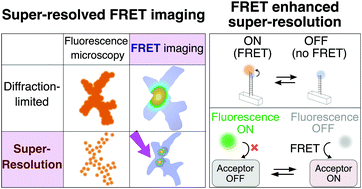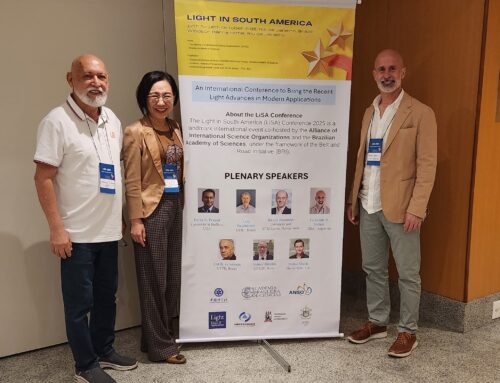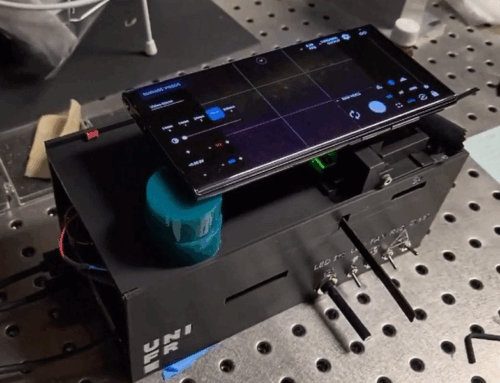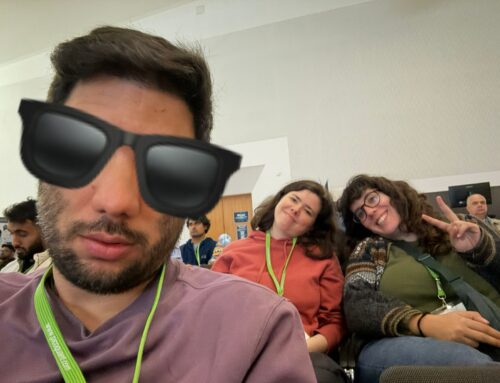Super-resolution fluorescence microscopy and Förster Resonance Energy Transfer (FRET) form a well-established family of techniques that has provided unique tools to study the dynamic architecture and functionality of biological systems, as well as to investigate nanomaterials. In the last years, the integration of super-resolution methods with FRET measurements has generated advances in two fronts. On the one hand, FRET-based probes have enhanced super-resolution imaging. On the other, the development of super-resolved FRET imaging methods has allowed the visualization of molecular interaction patterns with higher spatial resolution, less averaging and higher dynamic range.

In this review, we discuss these advances along with future perspectives, including the possible integration of FRET with next generation super-resolution techniques capable of reaching true molecular-scale spatial resolution.
- Alan M. Szalai, Cecilia Zaza, Fernando D. Stefani
“Super-resolution FRET measurements”



